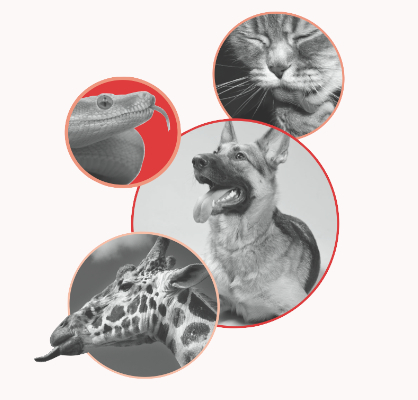A Tasty Treat (No Pun Intended).
A popular ingredient around the world, tongue is becoming more popular in the U.S. It is boneless, has more protein than a steak and half the fat. It’s a much healthier alternative than many other proteins. Plus, it comes in almost any variety you can think of: beef, pork, lamb and even duck! I like mine on rye toast with spicy pickled onions and a schmear of brown mustard.

Tongue [Yours]
Your tongue is made up of eight muscles.
The average length of a human tongue is four inches.
Every human has a unique “tongue print,” like your fingerprints.
Humans are born with 10,000 taste buds, but as we age taste buds die. Adults can have as few as 5,000 taste buds. That is why some foods taste stronger to children than to adults.
Taste buds can also be inhibited by cold temperatures. If you have to eat a food you know you don’t like, put a ice cube on your tongue first. It will dull the flavor.

Cat Got Your Tongue?
- Cats use their rough tongues to clean their fur of oils and parasites.
- Dogs’ tongues act as a heat regulator. When a dog excercises, the blood flow to its tongue increases. The dog will stick its tongue out, and the cool air will decrease the blood flow to the tongue along with the dog’s body heat. That is why a dog pants when it runs or if it’s hot outside.
- Giraffes’ tongues can be 14- to 20-inches long. They’re so long they use their tongues to clean their ears.
- A snake has a mechanism on the roof of its mouth called the Jacobson’s organ, which acts as a chemical receptor. A snake will flick out its tongue and put the ends into the organ to help identify chemicals in the air. This allows snakes to sense possible danger around them.


